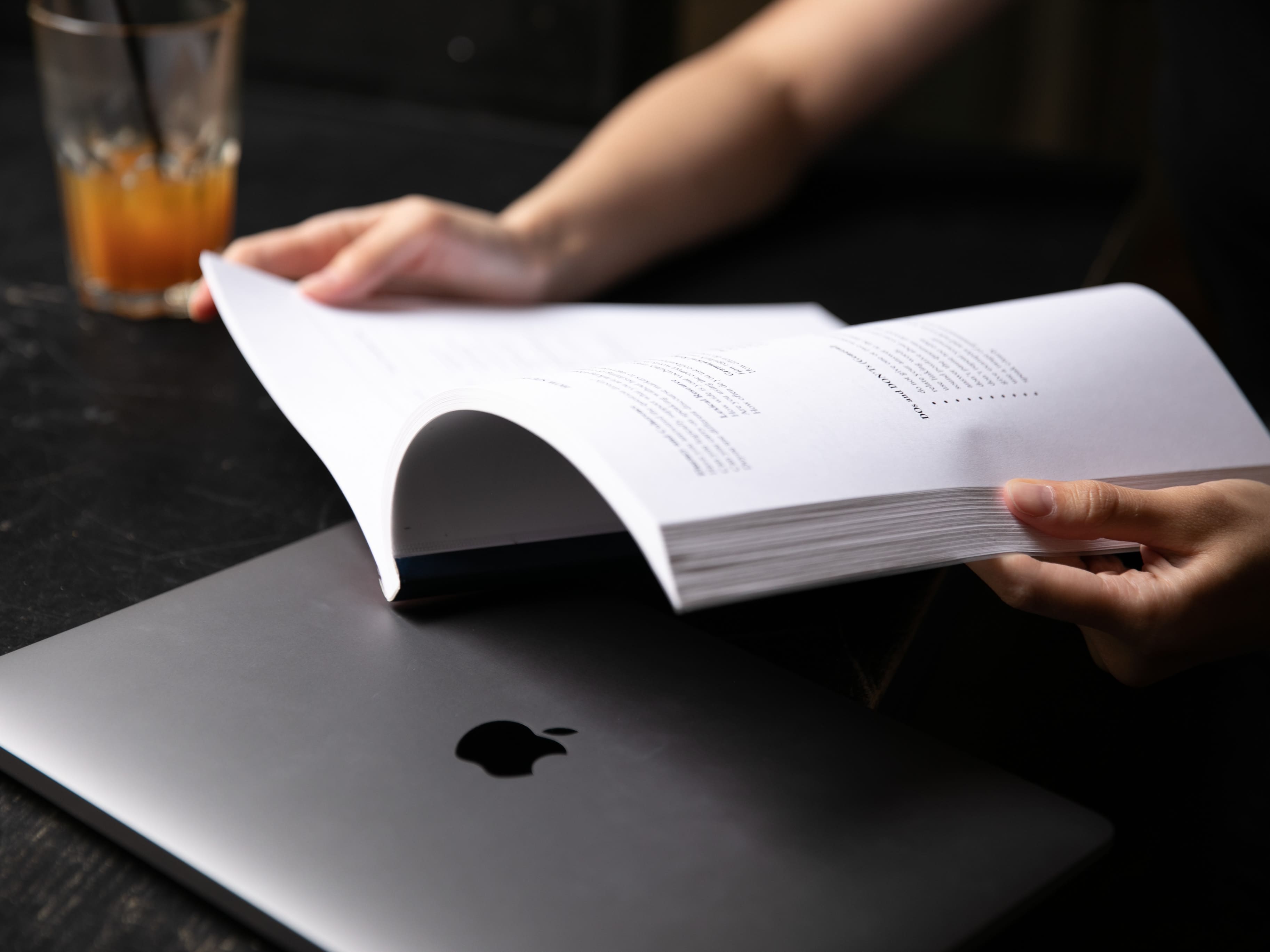Online Presentation Tools & Software
- Activities
- Tips & Strategies
- Methodology

05.10.2022
Are mistakes important? Yes, they are very important. A mistake is evidence of learning.
Does correcting them really do any good? Should teachers correct their students? Yes, it does and yes, they should.
Can it do harm? Yes, it can, which is why language teachers need to be very careful when they make their decision about when and how to correct a student. Not only do we decide whether to correct our students or not, but we also need to choose the most appropriate way to do that.

The teacher mustn’t leap on the mistake when students try out a new piece of language that happens to be wrong. React to the answer: “I see what you mean”. React positively. Your reaction is even more important than what you say. Rather than criticize the product, the teacher’s job is to aid the process.
A language is a system of communication, and most students use it as a practical skill. The main point for them is to be understood and understand what others say. Perfection isn’t their aim.
Teachers have to let students know that mistakes:
It is very important to remember what the main aim of the lesson is and also which stage of the lesson you and your students are at. Concentrate on the mistakes connected to the main aim of the lesson.

5 typical mistakes in planning a lesson
Read moreUse immediate correction at the controlled practice stage, when you drill a grammar structure, a functional exponent or some new vocabulary. Give your students a chance to use self-correction or peer correction. Your students will stay more active in the lesson and their self-confidence will improve.
Delayed correction techniques are corrections a teacher uses some time after a learner has made an error.
Delayed correction should be used after freer practice and fluency developing activities. Students have to be monitored and the teacher should make notes on students’ mistakes, especially the ones linked to the main aim of the lesson. Those mistakes are analysed after the activity ended. And of course, the teacher shouldn’t mention any names of those who made the mistakes.
There are many different ways to correct language mistakes. If your student said: ‘I go to the cinema yesterday’, the teacher could say: ‘I went to the cinema yesterday too’ and accompany it with the gesture.
Use fingers while correcting the sentences like: ‘I going to learn French’. You might also try the following:
For example, react to the sentence ‘My girlfriend has got a beautiful hair.’ — ‘Only one?’

Help them with the conventions and rules of written English and with the particular activity which the students are going to do providing a safe framework. Teach your students the necessary useful language.
Essentials of Effective English Language Teaching
Online teaching credential that gets you ready for CELTA
What does the following composition test, apart from English?
“A day in the life of a rock star.” The answer: Their general knowledge.
Teachers should remember that their feedback should have a long-term positive effect on students.
Helen Taranenko
Author
CELTA, CELT-P/S Course trainer, International speaking examiner
Comments
Leave your comment